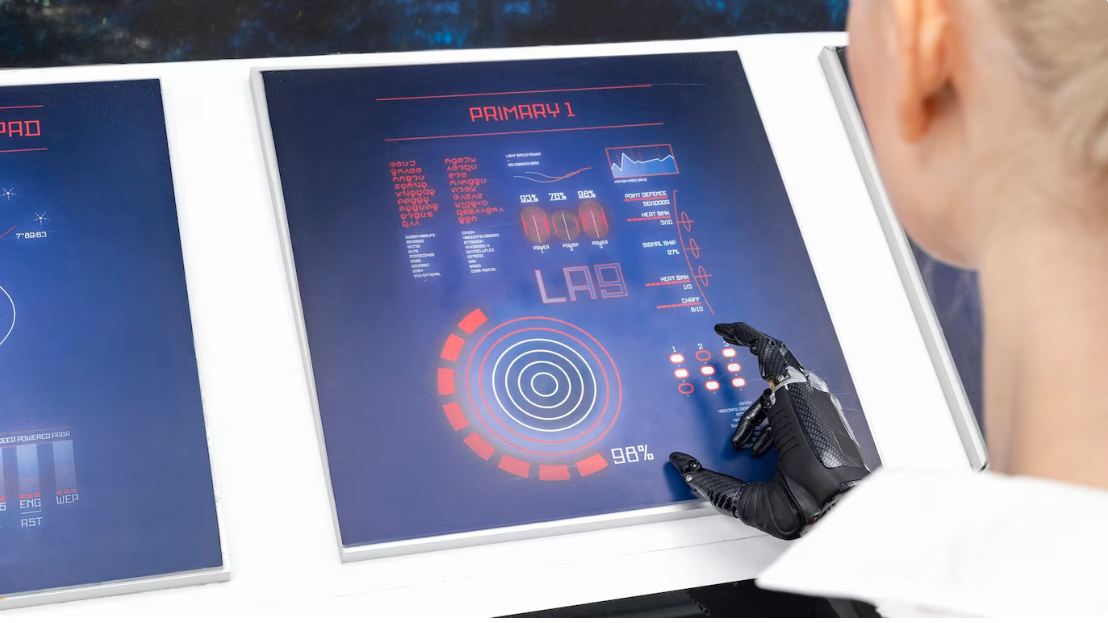In the world of modern web development, apps are not just about showing pages and collecting data. They often include long-running tasks like processing orders, handling payments, sending emails, or generating reports. These tasks take time and may need to be retried if something goes wrong.
Imagine you are building a food delivery app. A customer places an order. Behind the scenes, your app has to:
- Confirm payment
- Notify the restaurant
- Assign a delivery person
- Track the delivery
- Send updates to the customer
All of this can take minutes or even hours. If any part fails, you must retry or roll back. That’s where Temporal.io comes in. It helps developers handle these long-running tasks in a reliable and easy way.
In this blog, we will explain what Temporal.io is, why it is useful for full stack apps, and how you can use it to manage complex workflows. We’ll use simple language and real examples so anyone can understand, even if you’re new to this topic.
What is Temporal.io?
Temporal.io is an open-source tool that helps you manage workflows in your applications. It is just a series of steps that must happen in a certain order.
What makes Temporal special is that it handles long-running workflows safely. If your server crashes or restarts, the workflow won’t be lost. Temporal keeps track of everything and picks up where it left off.
It also handles retries, failures, and timeouts for you. That means if one step fails—like a payment API going down—Temporal will automatically retry without breaking your app.
It’s a great choice for tasks that:
- Take time to complete
- Must not be lost
- Need to be retried if they fail
- Involve several steps
Why Use Temporal for Full Stack Workflows?
Full stack apps often deal with more than just quick requests. Some tasks may run in the background, take time, or interact with many services.
Here are a few real-world examples:
- E-commerce order processing
- User sign-up with email confirmation
- Data sync between systems
- Scheduled reports
- Video processing or image resizing
Handling these with regular code can get messy. You have to write retry logic, handle failures, save progress, and watch for timeouts. It’s easy to make mistakes.
Temporal solves all of this. It lets you write your workflows like normal code, but it handles all the hard parts in the background. You don’t need to worry about crashes or delays.
In a full stack developer course in Bangalore, students learn how to use tools like Temporal to manage real business logic and improve the reliability of their apps. These practical lessons help bridge the gap between theory and real-world development.
How Temporal Works
Temporal has a few key parts:
1. Workflow
A workflow is your business process. You write it in code using your favorite language like JavaScript, TypeScript, Go, or Java. Workflows can include many steps, like calling an API, saving data, or sending an email.
2. Activities
Each step in the workflow is called an activity. These are regular functions that do a specific task. For example, one activity might send an email, another might check the database, and another might call an API.
3. Temporal Server
This is the heart of Temporal. It tracks all workflows, retries failed activities, stores state, and ensures everything runs safely. It keeps a history of what happened, so it can continue even after a crash.
4. Worker
A worker is a service that runs your workflow and activities. It connects to the Temporal server, listens for jobs, and does the work.
Here’s a simple way to think about it:
- Your app starts a workflow.
- The Temporal server keeps track of it.
- A worker runs the workflow and its steps.
- If something fails, the server retries automatically.
Real Example: Order Processing Workflow
Let’s say you’re making a food delivery app. Here’s what your order workflow might look like:
- Receive the order
- Confirm the payment
- Notify the restaurant
- Assign a delivery person
- Track delivery progress
- Send status updates to the customer
Each of these steps is an activity in the Temporal workflow. If step 2 (payment) fails, Temporal can retry it. If the app crashes during step 4, the server saves progress and continues later.
This kind of reliability is hard to build manually but is easy with Temporal.
Key Benefits of Temporal
Let’s break down why developers love using Temporal:
1. Fault Tolerance
Temporal makes sure your workflows don’t break when something goes wrong. If your server crashes, workflows continue from where they stopped.
2. Easy Retries
You don’t need to write retry logic for every API call. Temporal handles retries automatically, with delay and limits.
3. Simple Code
You write workflows as normal code using loops, conditions, and functions. No need to learn complex queues or state machines.
4. Scalable
Temporal can handle many workflows at the same time. You can run thousands of workflows without slowing down.
5. Visibility
You can see what workflows are running, what step they’re on, and if they failed or succeeded. This helps with debugging.
In a full stack developer course, learning tools like Temporal helps students create strong apps that can grow and handle more users and features over time.
How to Use Temporal in a Full Stack App
Here’s a simple overview of how to use Temporal in a web application.
Step 1: Install Temporal
You can run Temporal locally using Docker or use a cloud version. It only takes a few commands to start.
Step 2: Create Your Workflow
Write a workflow in your preferred language. For example, using TypeScript:
export async function orderWorkflow() {
await confirmPayment();
await notifyRestaurant();
await assignDriver();
await trackDelivery();
}
Step 3: Define Activities
These are the real tasks your app performs:
export async function confirmPayment() {
// Call payment API
}
export async function notifyRestaurant() {
// Send order details
}
Step 4: Run a Worker
Workers run your workflows and activities. They connect to Temporal and listen for new tasks.
const worker = await Worker.create({
workflowsPath: require.resolve(‘./orderWorkflow’),
activities: { confirmPayment, notifyRestaurant, assignDriver },
});
await worker.run();
Step 5: Start Workflow from Your App
From your front-end or backend, start the workflow:
await client.workflow.start(orderWorkflow, {
taskQueue: ‘orderQueue’,
workflowId: ‘order123’,
});
That’s it. Temporal takes care of retries, state, and failures.
When to Use Temporal
Use Temporal when:
- Tasks take time or include many steps
- You need retries, timeouts, or workflows with state
- You want to make sure your workflows don’t break
- You want to write logic using regular code
Don’t use it for simple tasks like showing a webpage or fetching a list. It’s best for background workflows that are important and long-running.
Learning Temporal the Right Way
Temporal is a powerful tool, but it’s even better when combined with full stack knowledge. Understanding front-end, backend, databases, and APIs gives you the full picture.
That’s why many people join a full stack developer course in Bangalore. These courses teach:
- How to build real-world apps
- How to handle background workflows
- How to write clean and reliable code
- How to use tools like Temporal, databases, cloud platforms, and APIs
With the right training, developers can build full apps that are not only fast but also safe, scalable, and easy to manage.
Final Thoughts
Building modern web apps is not just about showing pages or handling forms. Many apps need long-running workflows that involve many steps and take time. Managing these manually is hard and can lead to bugs, crashes, or lost data.
Temporal.io solves this problem by letting you write workflows in simple code, while it handles the hard parts like retries, crashes, and progress tracking. It’s a great tool for full stack developers who want to build strong, real-world systems.
If you’re planning to build serious web apps, understanding how tools like Temporal work can save you time, reduce bugs, and give your users a better experience. And if you’re just getting started, a full stack developer course can help you learn everything you need—from front-end basics to complex workflow tools like Temporal.
Using Temporal means your apps can do more, handle errors better, and grow as your users grow. It’s a smart step for any full stack developer.
Business Name: ExcelR – Full Stack Developer And Business Analyst Course in Bangalore
Address: 10, 3rd floor, Safeway Plaza, 27th Main Rd, Old Madiwala, Jay Bheema Nagar, 1st Stage, BTM 1st Stage, Bengaluru, Karnataka 560068
Phone: 7353006061
Business Email: [email protected]

